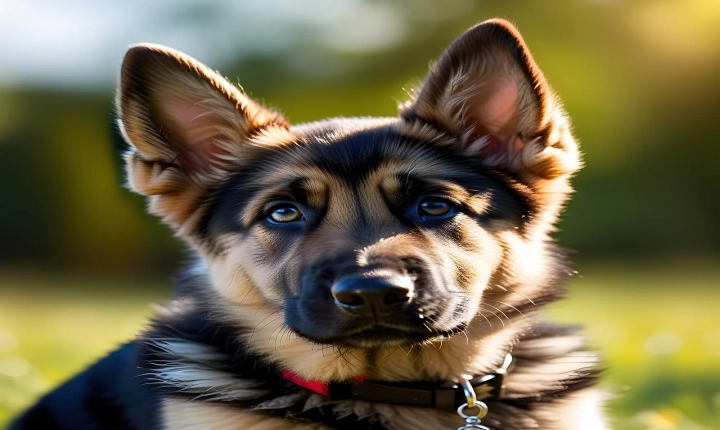AI in Photo Editing: Revolutionizing the Creative Process
In the digital age, photography has undergone a significant transformation. Advancements in technology, particularly in the field of artificial intelligence (AI), have revolutionized the way we capture, edit, and manipulate images. AI has unleashed new possibilities in photo editing, providing photographers and digital artists with powerful tools to enhance their creativity and efficiency.
But what exactly is AI in photo editing? How does it work, and what are its implications for the future of photography? Let’s delve into the world of AI-driven photo editing and explore the impact it is having on the creative process.
AI-powered Tools and Features
AI has brought about a paradigm shift in photo editing by enabling intelligent and automated tools that streamline the entire editing process. From advanced image recognition algorithms to automated adjustments and enhancements, AI-powered features have made it easier for photographers to achieve professional-quality results in a fraction of the time.
One prominent application of AI in photo editing is in the realm of image retouching. AI algorithms can analyze and recognize specific elements in an image, such as people, landscapes, or objects, and automatically apply complex retouching techniques to enhance the overall quality of the photograph. This includes tasks such as skin retouching, object removal, and color correction, saving photographers valuable time and effort.
Furthermore, AI-driven tools have also made significant strides in image restoration and enhancement. By leveraging deep learning and machine learning algorithms, these tools can intelligently restore old, damaged, or low-quality images, removing imperfections and enhancing details to produce stunning results. The ability to automatically upscale images while preserving their quality has been a game-changer for photographers and archivists alike.
In addition to these capabilities, AI has also enabled advanced content-aware features, such as intelligent cropping, object recognition, and semantic segmentation, which allow for more precise and efficient editing workflows. AI-powered tools can recognize the content of an image and adjust editing parameters accordingly, leading to more accurate and context-aware enhancements.
The Rise of AI-Driven Creativity
AI has not only streamlined the technical aspects of photo editing but has also opened up new horizons for creative expression. With AI-powered tools, photographers and digital artists can explore innovative editing techniques and experiment with unconventional styles that were previously inaccessible.
One notable development is the emergence of AI-generated art. Through a process known as style transfer, AI algorithms can re-imagine photographs in the style of famous artists, turning a mundane photo into a stunning piece of art reminiscent of a Van Gogh or Picasso painting. This fusion of AI and creative expression has sparked a new wave of artistic possibilities, blurring the boundaries between photography and digital art.
Moreover, AI has empowered photographers to explore more complex and intricate editing processes, such as image synthesis and manipulation. By utilizing generative adversarial networks (GANs) and other AI-driven techniques, artists can merge, morph, and transform images in ways previously unattainable, giving rise to surreal and mesmerizing visual compositions.
The Future of AI in Photo Editing
As AI continues to advance, the future of photo editing looks exceedingly promising. With ongoing research and development, AI-powered tools will only become more sophisticated, offering even more intelligent and adaptable features to cater to the evolving needs of photographers and visual artists.
Furthermore, the integration of AI into photo editing software is expected to facilitate a seamless and intuitive user experience, allowing for more natural and responsive interactions between users and the editing tools. AI-driven assistants may become commonplace, guiding users through the editing process and offering personalized recommendations based on individual preferences and styles.
Additionally, the democratization of AI-powered photo editing is likely to occur, as more accessible and user-friendly tools enter the market. This will enable amateur photographers and hobbyists to harness the power of AI in their creative endeavors, resulting in a more diverse and vibrant community of visual storytellers.
In conclusion, AI has fundamentally reshaped the landscape of photo editing, offering a wealth of innovative capabilities that have elevated the creative process to new heights. From intelligent retouching and image restoration to AI-generated art and surreal visual manipulations, the impact of AI in photo editing is undeniable. As technology continues to progress, the fusion of AI and photography promises a future filled with endless possibilities, empowering individuals to unleash their creativity in ways previously unimaginable.
